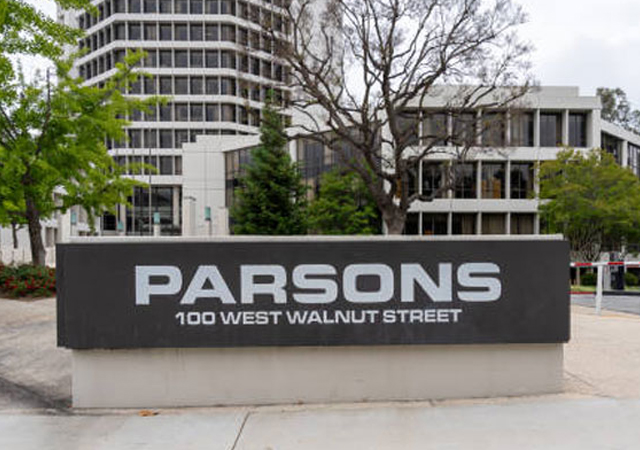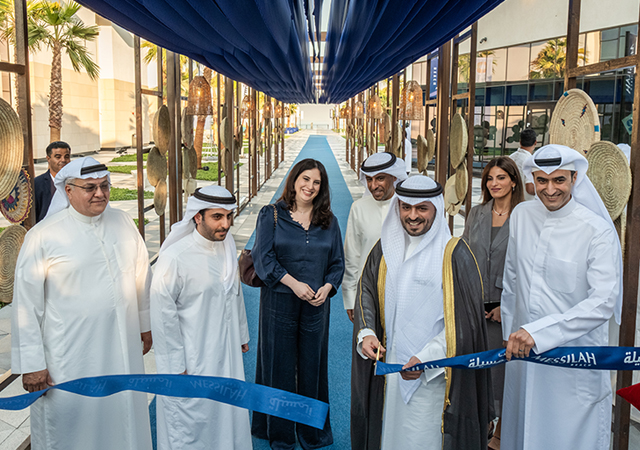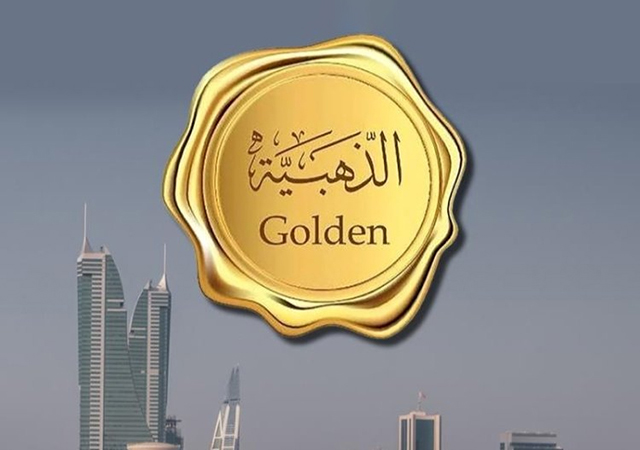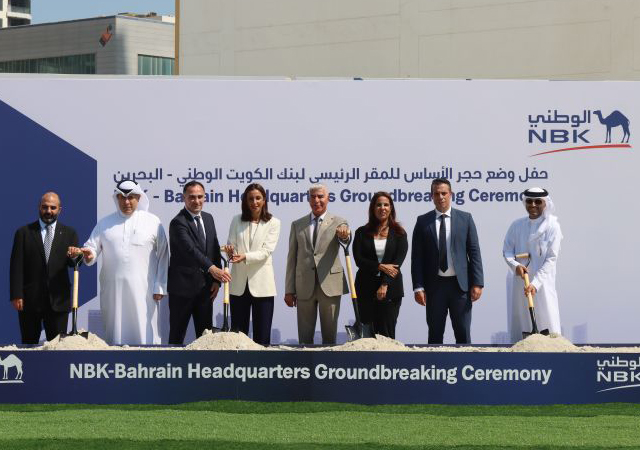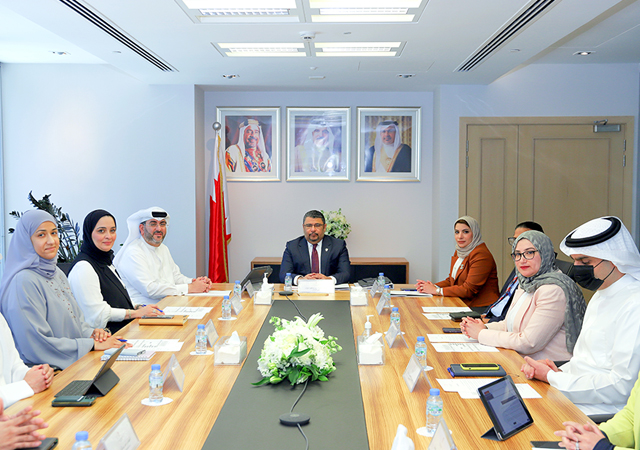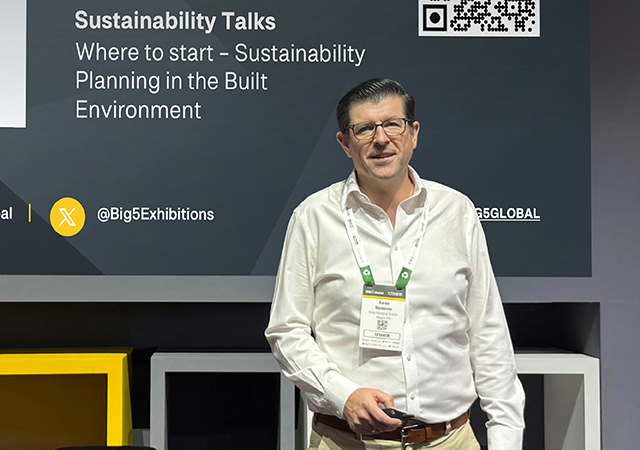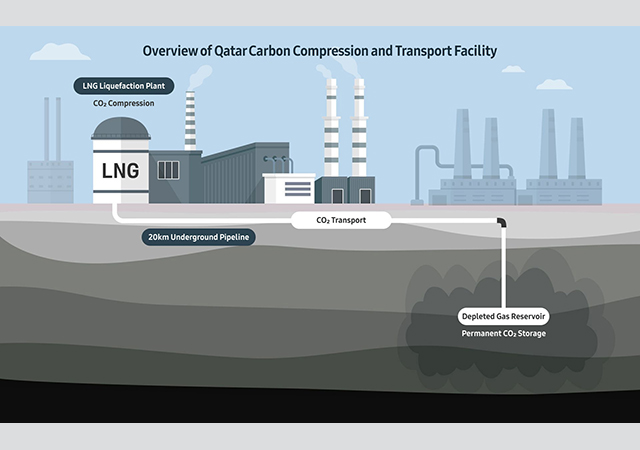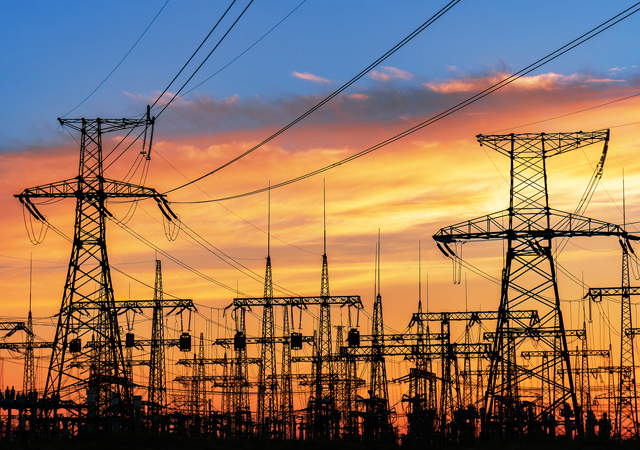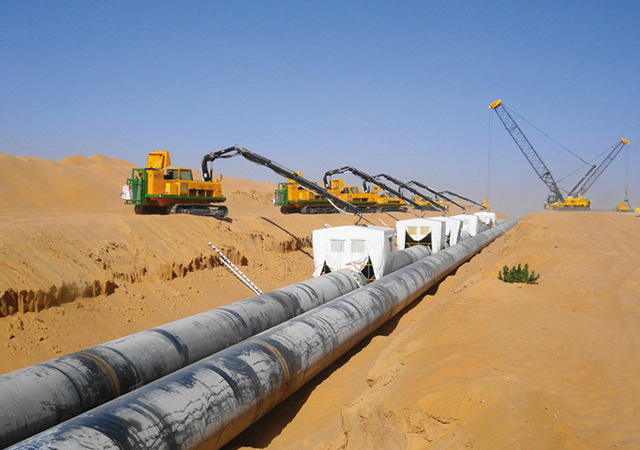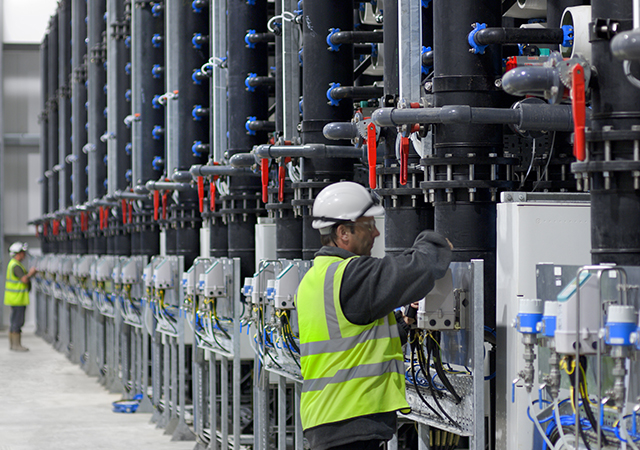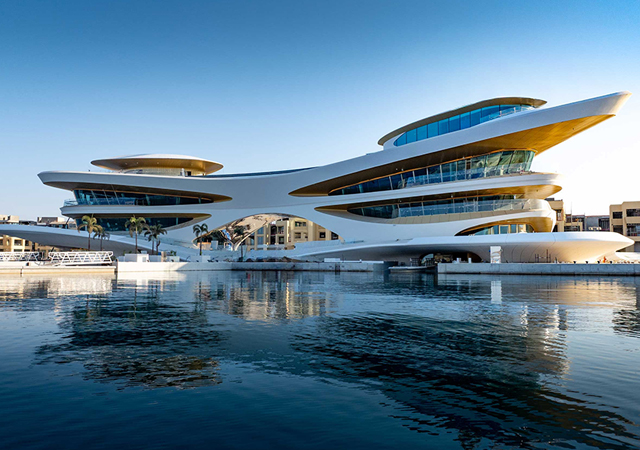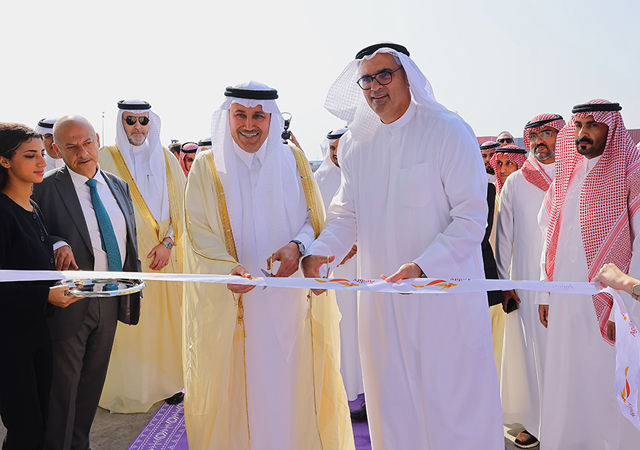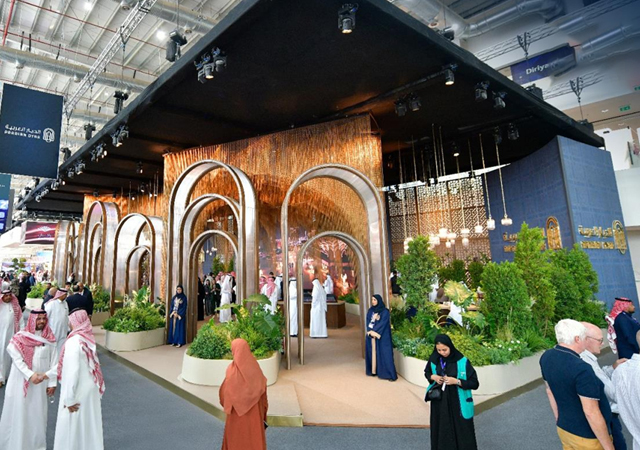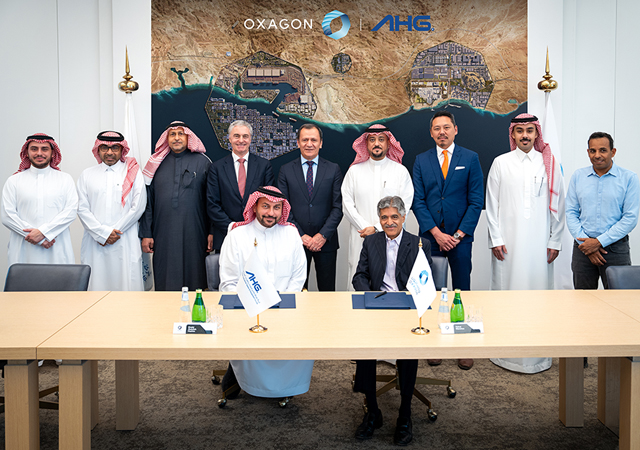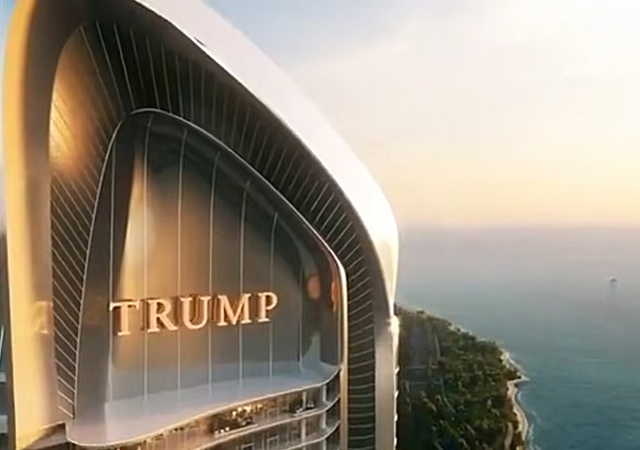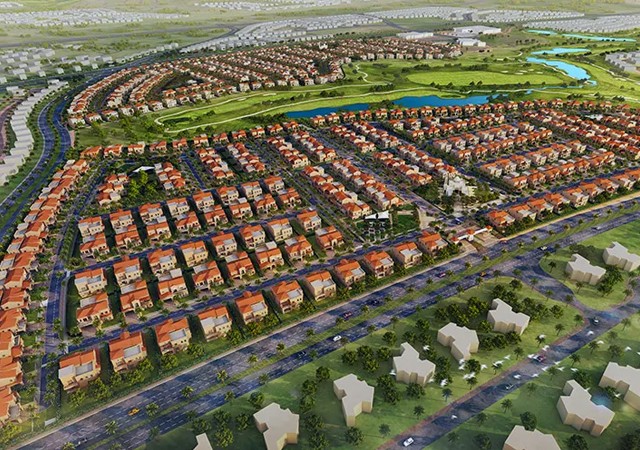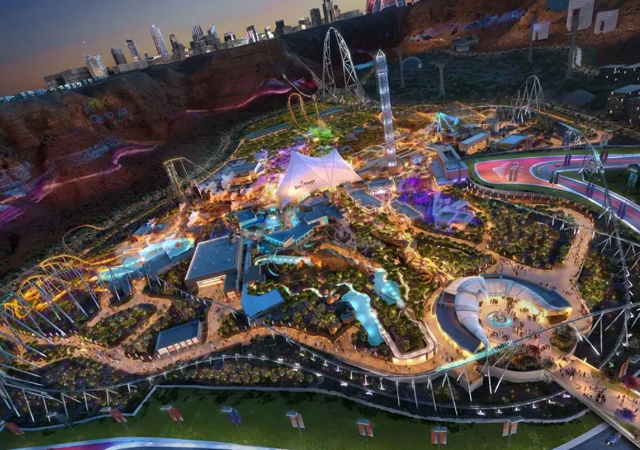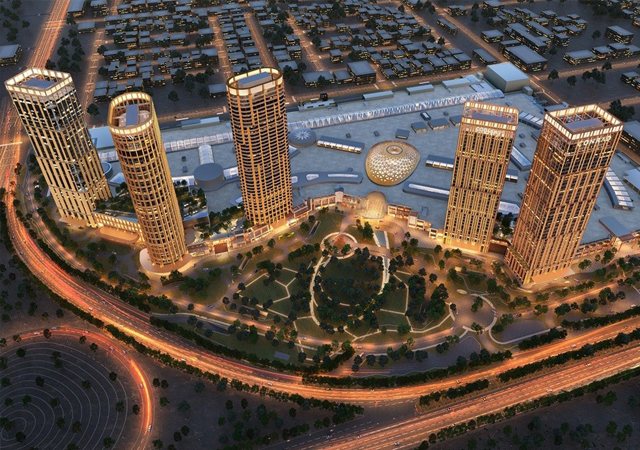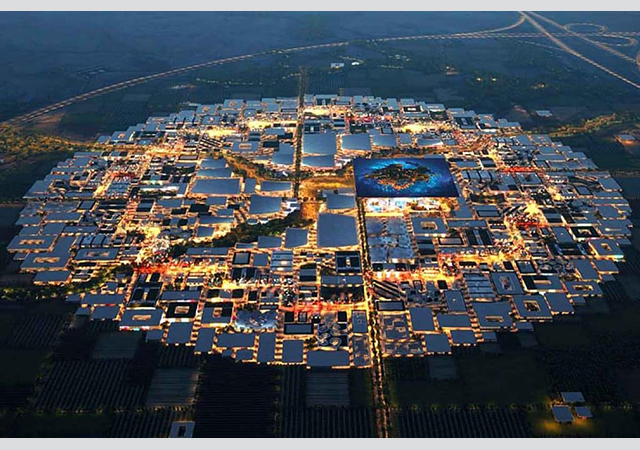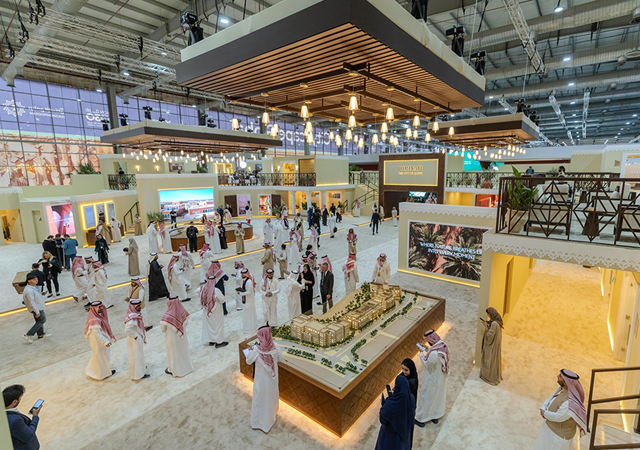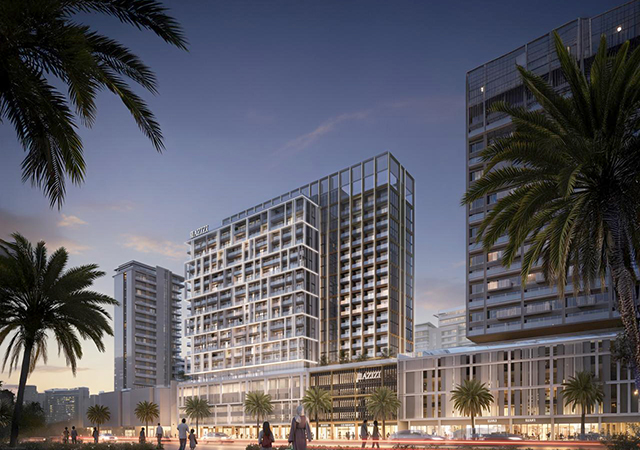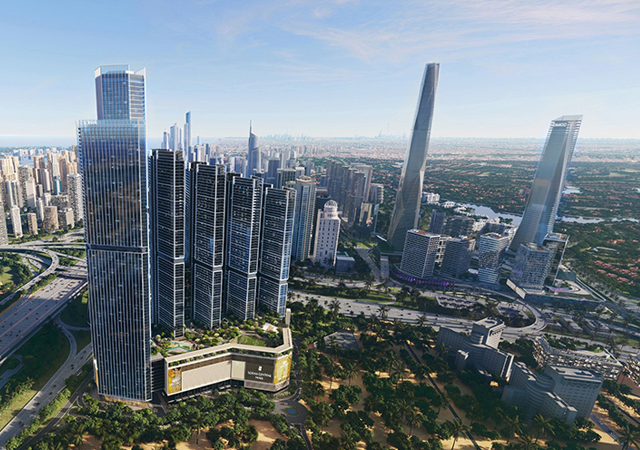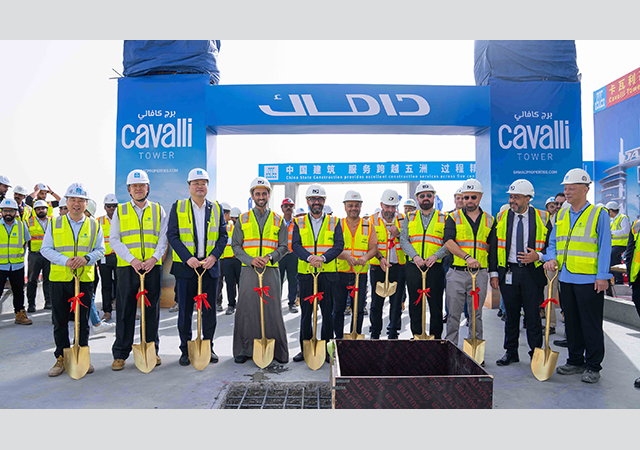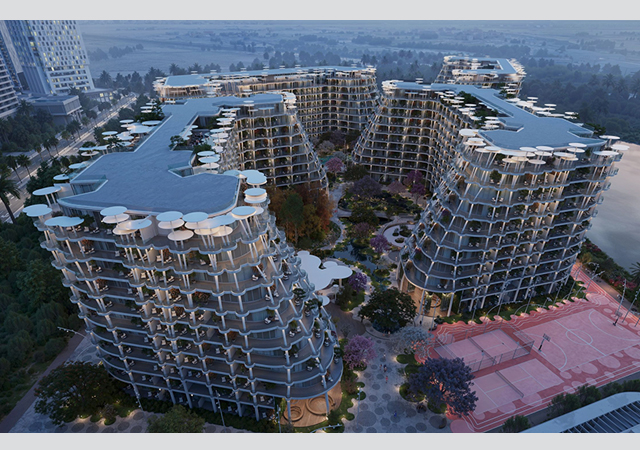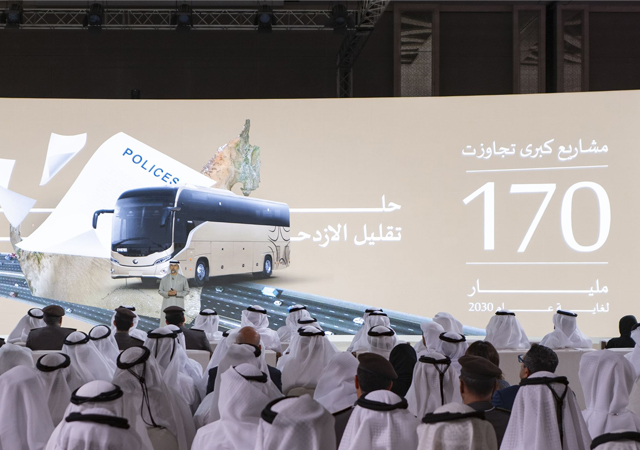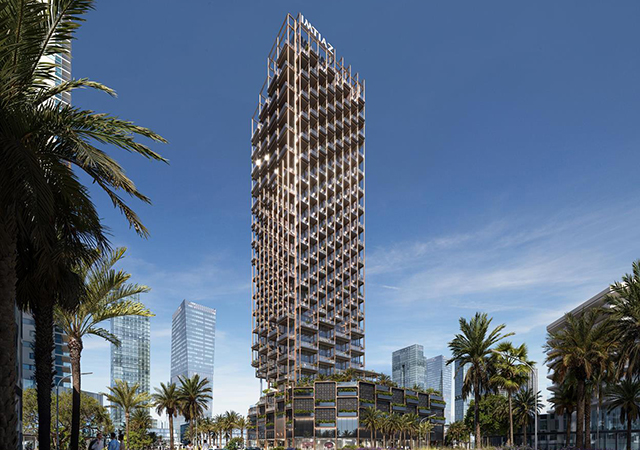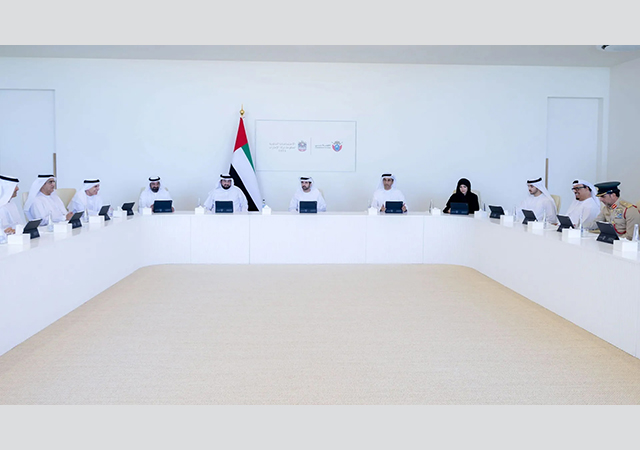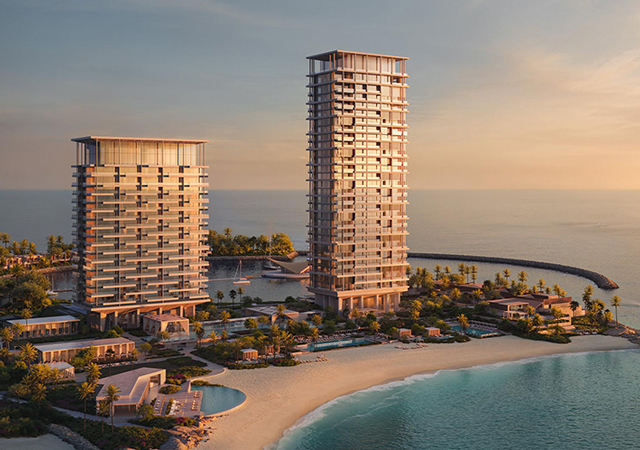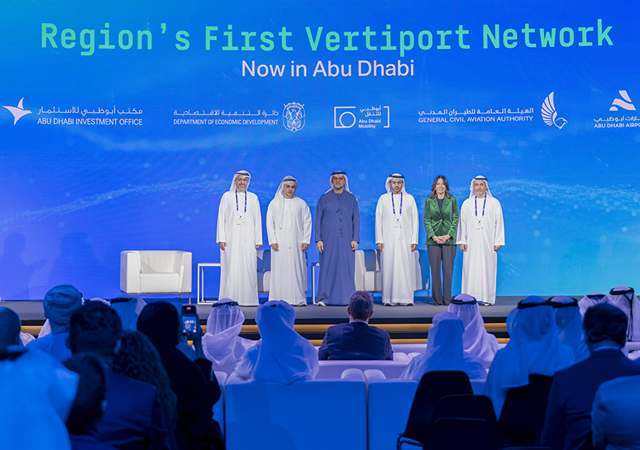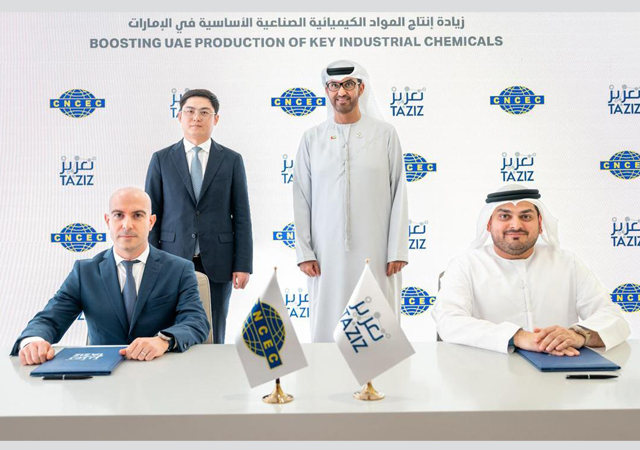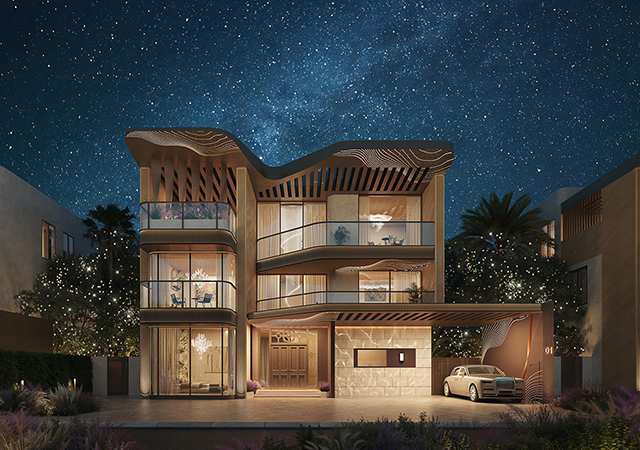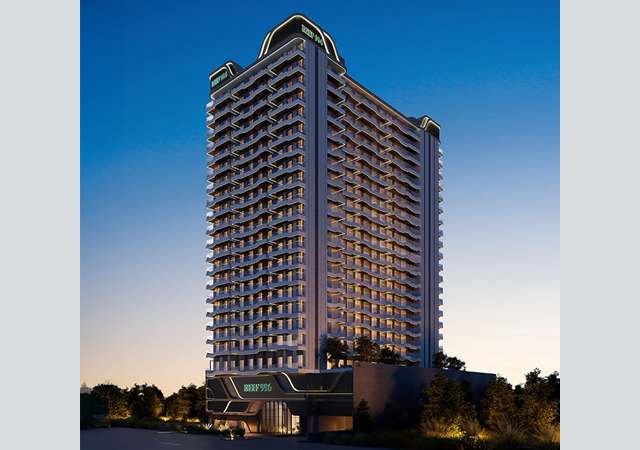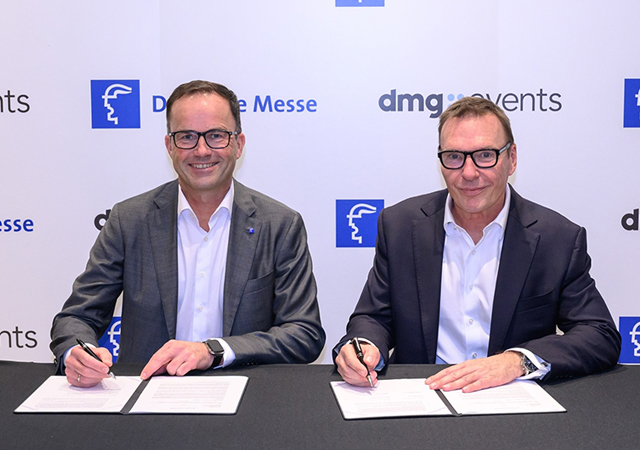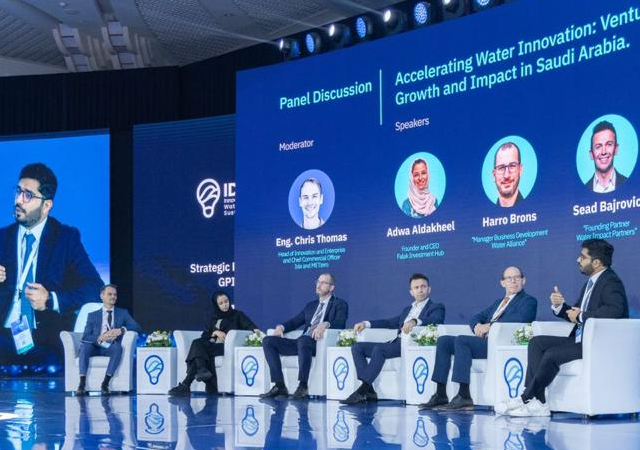
 The overall concept.
The overall concept.
A dream project to bring luxury living alongside fun and entertainment has been revived and reconceptualised to offer Bahrain’s residents and visitors what they truly desire – a resort home away from the hustle and bustle of modern living, but with all the frills of leisure and amusement.
The Durrat Al Bahrain project – which was originally initiated in late 2000 – has now been totally redesigned under its new management to the extent that the finger-shaped islands which were to accommodate plots of land are now ‘pearls’ and ‘atolls’ which will house “ready-to-move-in” homes for their owners, according Jassim Al Jowder, deputy general manager and COO of Durrat Al Bahrain, which is spearheading the development.
The $1 billion-plus (BD378 million) residential and tourism resort will cover a 20 sq km stretch of reclaimed desert and sea – being one-third larger than downtown Manama – and aims to provide an alternative downtown area for residents living in the centre of the country, Al Jowder told Gulf Construction in an exclusive interview.
The development will comprise a total of 13 islands: an arc of six atoll- and five ‘pearl’-shaped islands (which will be reserved solely for residential use), an island accommodating a five-star family hotel and aqua park and a Crescent which houses the downtown area of the development. The islands will be linked to each other and then onto the mainland. However, access to the residential islands is restricted to residents and their visitors only.
“The overall design resembles a necklace along the south-east shore of Bahrain at Ras Al Barr,” Al Jowder points out.
It will offer 5 km of seafrontage along the mainland and 4 km along the islands – mostly on reclaimed land.
The resort will feature about 2,000 luxury sea-facing villas, 3,000 apartments, luxury hotels, restaurants, promenades, shopping centres, marina, spas, sport facilities, and an 18-hole championship golf course.
Some 1,500 of these villas will be located on the “atolls” and “pearls”, which will feature comprehensive infrastructure facilities. They will range in size from 1,500 sq m to 500 sq m and will be based on a modern design available in 12 different styles.
Each ‘atoll’ – a ring-shaped island enclosing a lagoon – and ‘pearl’ island is a private community within itself and each villa will boast either a beach or a mooring. The ‘atolls’ will be linked to the mainland via a bridge through the ‘pearl’ islands.
Already a highway is being built to enhance access to the resort. The highway runs from the Alba intersection to Durrat Al Bahrain, located 23 km away, he says. The approach road to the resort is split into two bridges, which connect the islands from either end of the resort, thus creating a ring road and associated road network within the development.
Between the two bridges on the Crescent is the downtown area, which will feature coffee shops facing the sea, a traditional Bahraini suq, and a shopping mall. The apartment blocks will be built on outer wings of the Crescent and will be laced with 2 km of open beaches. These apartments will be part of a gated community that can be accessed only by residents of the ‘atolls’, ‘pearls’ and the Crescent.
Among other attractions of Durrat Al Bahrain is the 200 to 450-berth marina set in a lagoon. The marina will be supported by a clubhouse and residential townhouses.
The resort city will also include amenities such as a school, a hospital, a mosque, coastguard and police and fire services.
Residents at the development will be kept cool using a district cooling system and Durrat Al Bahrain is currently in negotiations with two or three companies for the project, which will require at least 5,000 tonnes of refrigeration.
The project had gone back to the drawing board in 2003, after Kuwait Finance House bought out a 50 per cent stake in Durrat Al Bahrain, which was previously held by Saudi-based Dallah Al Baraka. The remaining 50 per cent is owned by Bahrain’s government.
The development has now been redesigned by leading international engineering design and consultancy firm WS Atkins (by Tom Wright of Burj Al Arab fame).
“Atkins has also carried out a hydrodynamic study for the project. It has hydrotested a model of the development to evaluate the impact on the current in and around the islands as well as on the marine environment to ensure the proper circulation of water,” explains Jowder. “In fact, we opted for bridges rather than causeways to facilitate a smooth flow of water under these structures.”
“We have shown a keen commitment to the environment with our new design where the ratio of water to land is 3 to 1. We will set up an environment conservation zone to the east of the development and will install reef boats to enhance the marine life in the area,” he adds.
Reclamation work – which was earlier brought to a halt to review the original designs – restarted in November under a new a BD40 million ($105 million) awarded to Great Lakes Nass, a joint venture company of Great Lakes Dredge & Dock of the US and the Nass Group of Bahrain. It involves reclaiming about six million sq m of land in 26 months.
“Restarting the reclamation has also meant undoing the work carried out earlier,” Jowder points out. “What we have done is moved sand from areas that were reclaimed and raised the mainland to 2.8 m high and created the Crescent,” he says.
Work is currently under way on the first phase of the project, which comprises one ‘pearl’ and two ‘atoll’ islands as well as the Crescent. The dredging of the islands will take a total of six months and the infrastructure will be completed within a further six months, to be followed by the construction of the villas. The first residents of the islands are expected to take possession of their properties within 30 months.
The development will be managed by a facilities management company, which will be responsible for the sewage and drainage network, landscaping, cleaning and maintenance of the entire city.
A tender is expected to be issued shortly for the bridges, followed by the infrastructure works, which are estimated to cost BD160 million.
Sale of the villas will be launched this month. The villas and apartments will be sold on a freehold basis and will also be available to expatriates who will be granted permanent residence in the kingdom. Durrat Al Bahrain is targeting the middle and upper class of clientele. Hamptons of the UK is responsible for the sales and marketing of the development.
“During the first phase we can analyse the trends and demands in the market and based on the response to this phase, we will launch work on the other islands,” he says.
Work will continue at the site until 2008, but the pristine beaches and amusement areas boasting the splendour of a rich marine life are expected to be open to the public as stages of the project are completed.



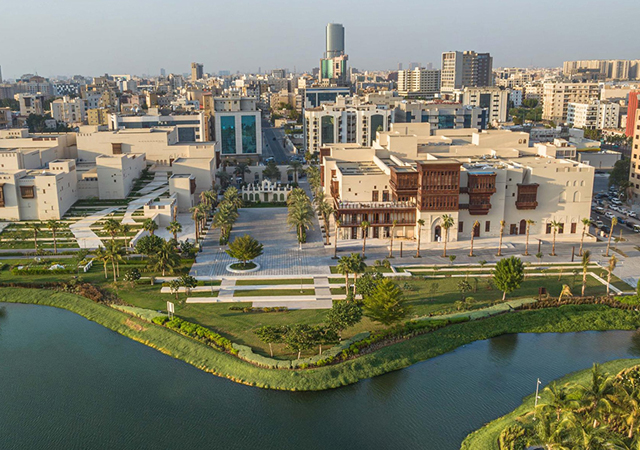
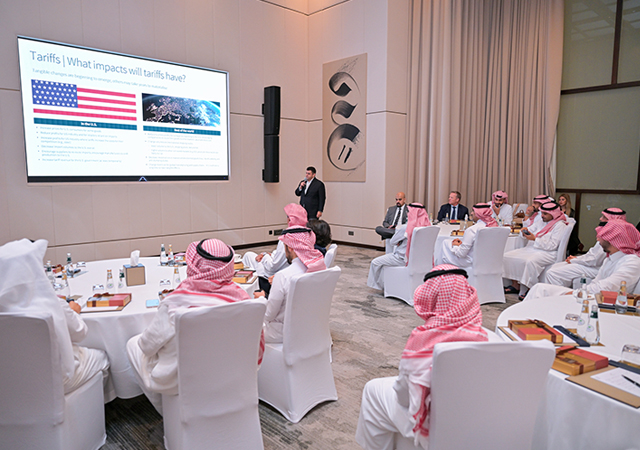
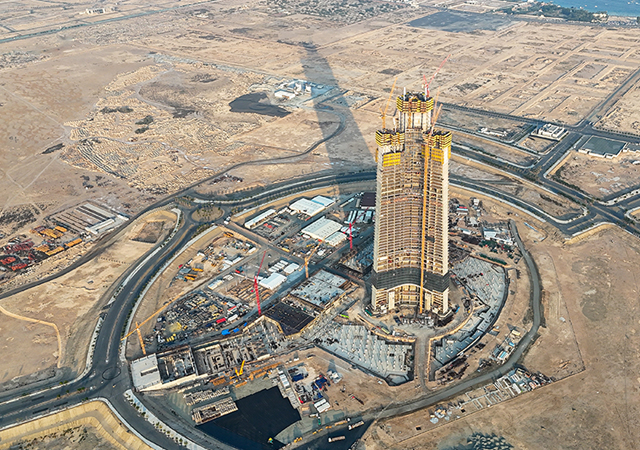
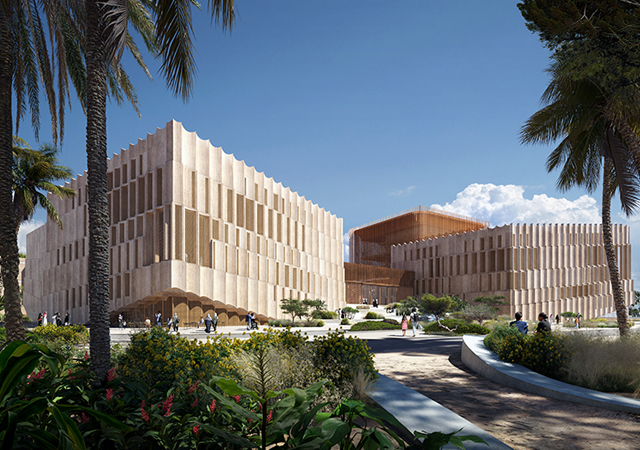




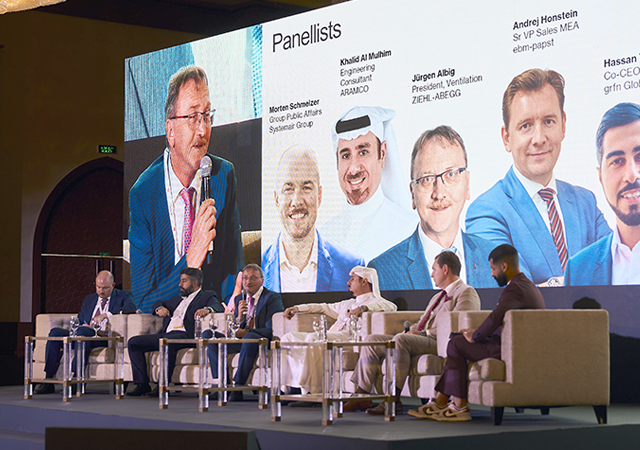
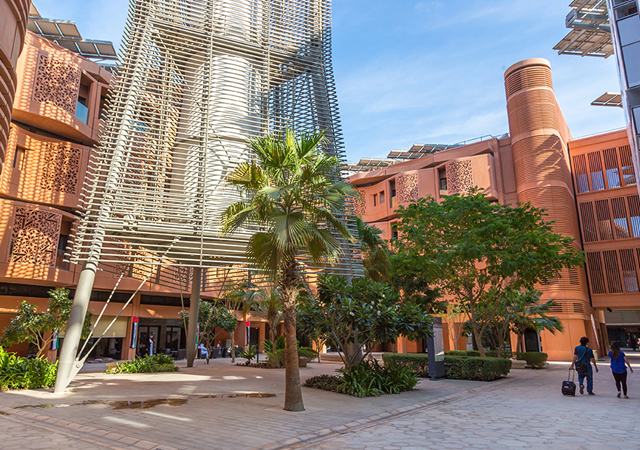
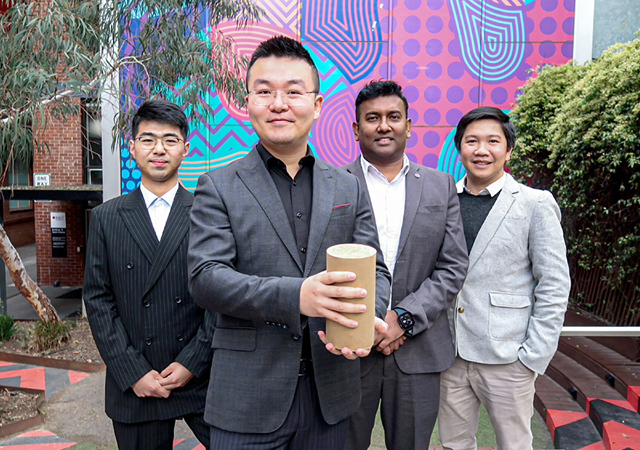
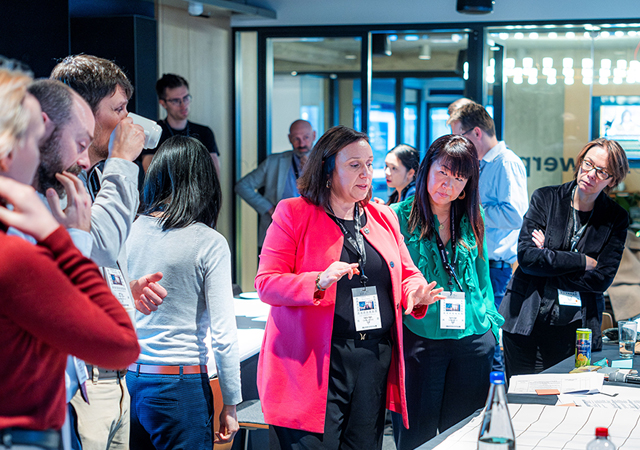

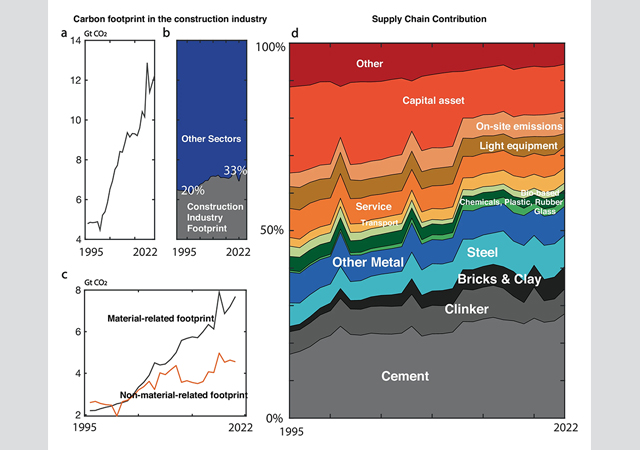
.jpg)
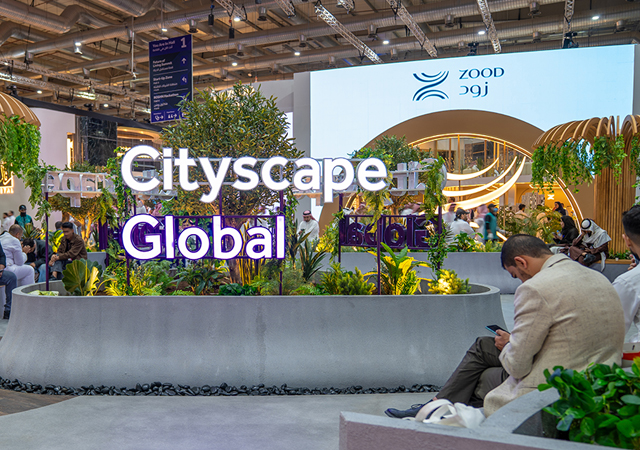
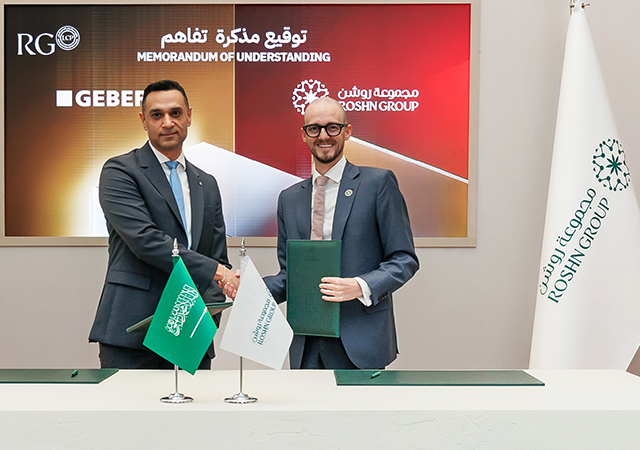
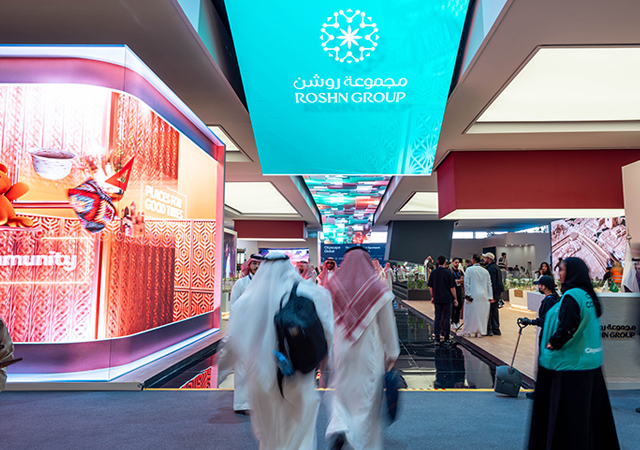
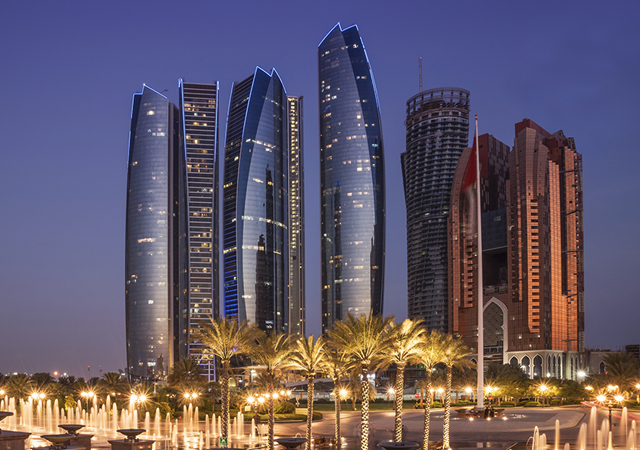
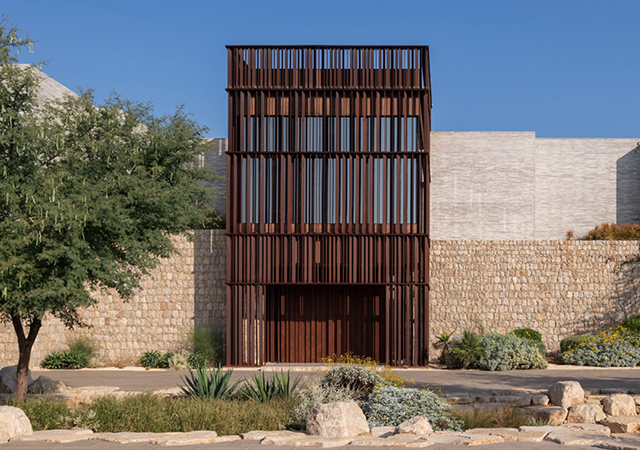
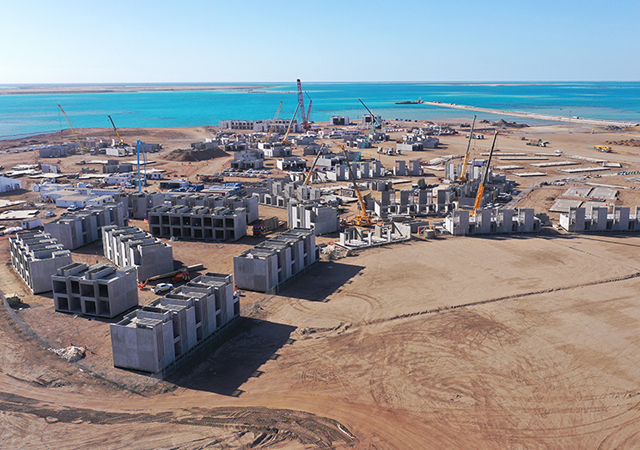
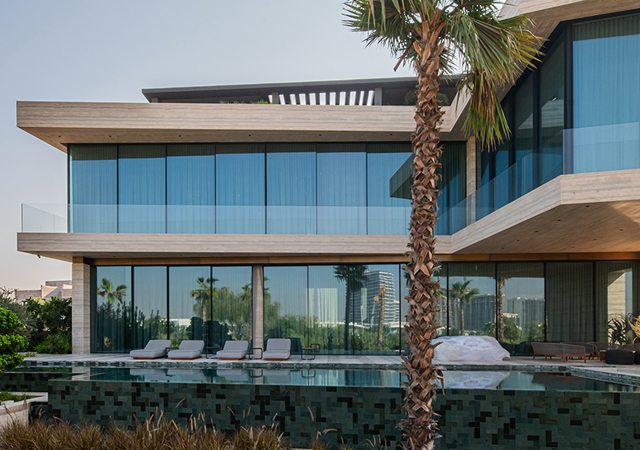
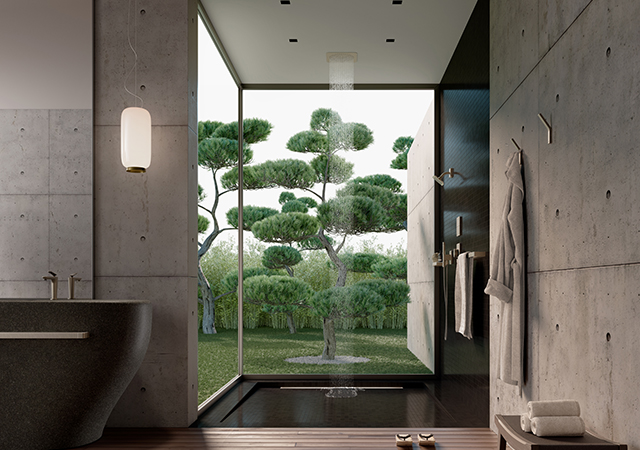

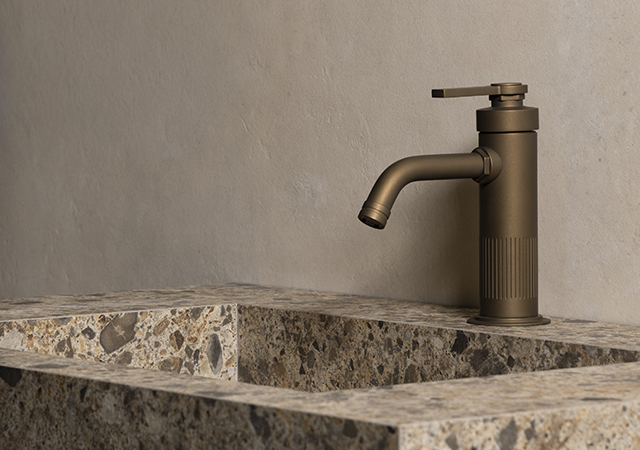

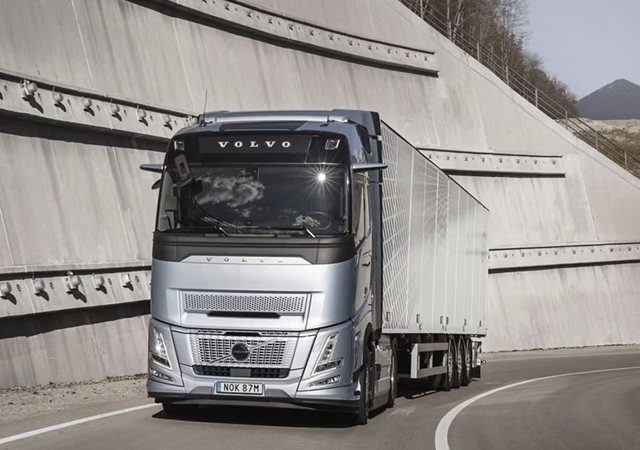
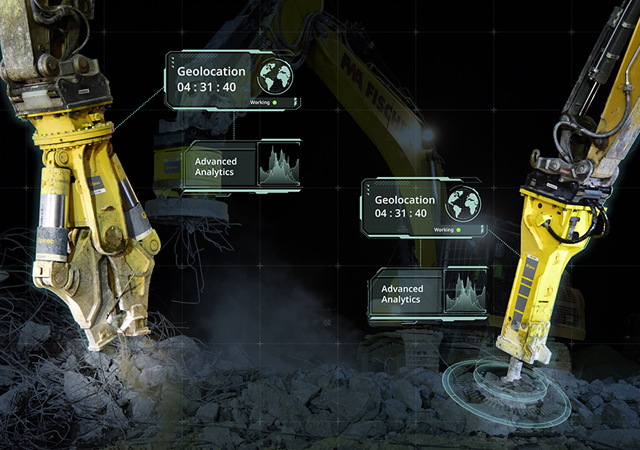
 (1).jpg)


